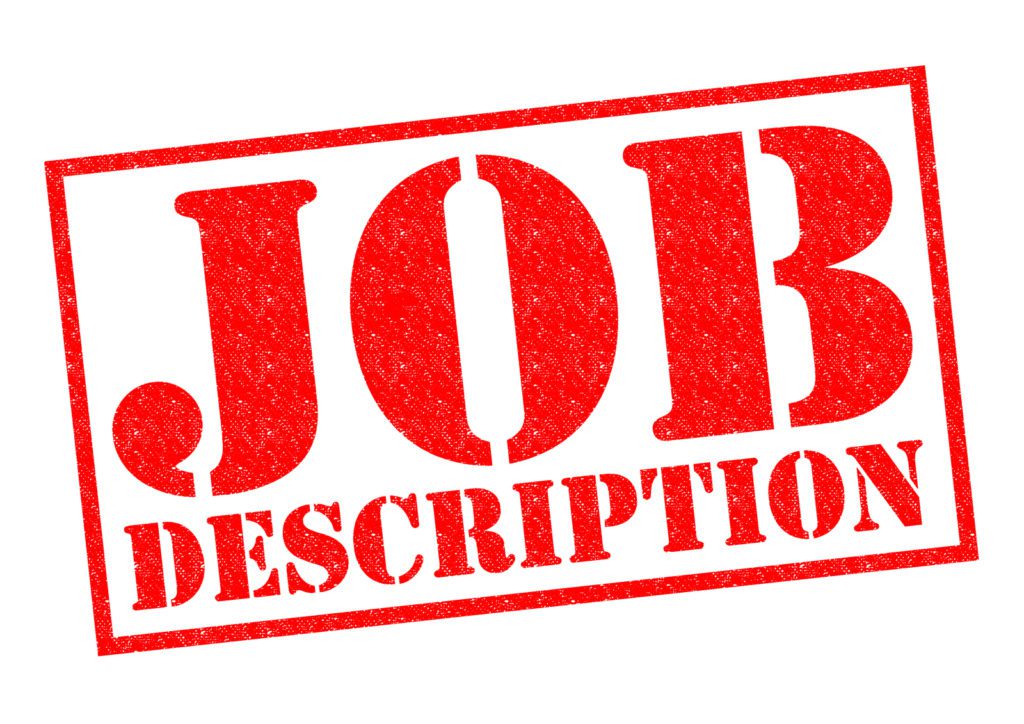Writing Effective Job Descriptions

Ever Google “writing effective job descriptions?” You’ll see there are a wealth of posts on this topic…
- Indeed: How to Write a Job Description
- CIO: 10 tips for crafting highly effective job descriptions
- Forbes: Want To Write A Better, More Effective Job Description? Follow These 14 Tips
And if you keep going through the results pages, you’ll see countless others. Overall, you’ll see a lot of the same advice, so today, we thought we’d give you some new ideas to enhance your job descriptions.
Start With The Hiring Manager:
You need to understand the need, why the role is necessary, what they’ll do, how it fits into the team, must-have skills, and nice-to-haves. Who better to shed light on that than the person they’ll report to.
Use Other Resources To Build A Framework:
You don’t have to start from scratch. You can use LinkedIn, Indeed, and other company job boards to help give you a head start. You’ll want to take what the hiring manager gave you and make it your own, but this should save you time and energy.
Interview Top Performers On The Team:
What do they like about their role? How does the company invest in their growth (ex., a Pluralsight license)? How would they describe their team culture (yes, team and not company culture)? What attracted them to your team, and what keeps them excited to be there?
Know What Benefits Matter To Candidates:
In June of this year, SHRM released SHRM Releases 2022 Employee Benefits Survey. They listed…
- Health Care Benefits
- Retirement and Savings
- Leave
- Family Care
- Flexible Work
- Professional Development
Know how you stack up against others and highlight where you are a leader. Candidates, now more than ever, place more value on these benefits.
Job Titles:
It doesn’t matter what your internal title is; it matters what candidates search for. Here’s an example using LinkedIn Jobs to search US-based roles…
- Software Engineer – 344,100 results
- SaaS Software Engineer – 313,812 results
- Application Developer – 70,952 results
- Programmer Analyst – 314,835 results
Five years ago, Developer was widespread. Now, you are shooting yourself in the foot if you’re not using Software Engineer as the title.
Don’t Forget To Put The Marketing, Into Recruitment Marketing:
And by marketing, we mean SEO. And, as it relates to job descriptions, here is what you concentrate on…
- The right words (try using tools like WordStream’s Free Keyword Tool or Google Trends to help)
- Repetition of those right words, including how else they might appear (ex., developer, development, developing), is critical, but don’t overdo it (head over to DemandJump’s “How Many Times Should a Keyword Appear on a Page?” post for guidance)
- SEO-friendly slugs in your URLs (How to Create SEO-friendly URLs)
- Craft a meta description (50-160 characters) that grabs a job seeker’s attention (see Moz’s Meta Description post for help)
- And don’t forget to evaluate those meta tags (and if you don’t know how, find someone within that is working directly within your websites CMS to help you with that)
Review With The Hiring Manager:
You did the legwork; now, ensure the hiring manager approves what you put together.
Additional Helpful Tips:
- Remember that you want the job to stand out, don’t simply sound like everyone else.
- Long does not always mean good; candidates like specifics, but brevity is your friend.
- Bullets are easier to follow.
- Consider outlining your hiring process (steps and timing); this is very important to candidates; they understand a need for diligence but prefer an efficient process.
If you do the above, you should have more success, but do not get discouraged if you don’t get the results you hoped for. There is still a candidate shortage, which sometimes means you’ll have to use “cold” recruitment tactics.
Oh, and you should probably use the team at STEM Search Group as well!
